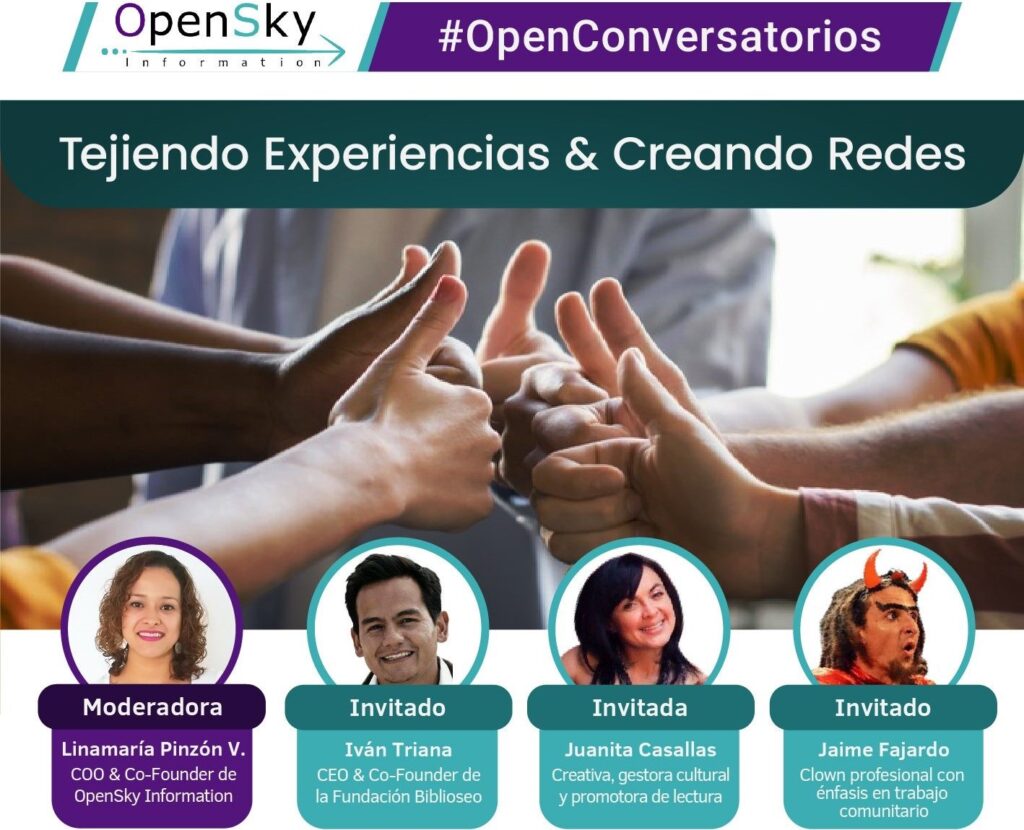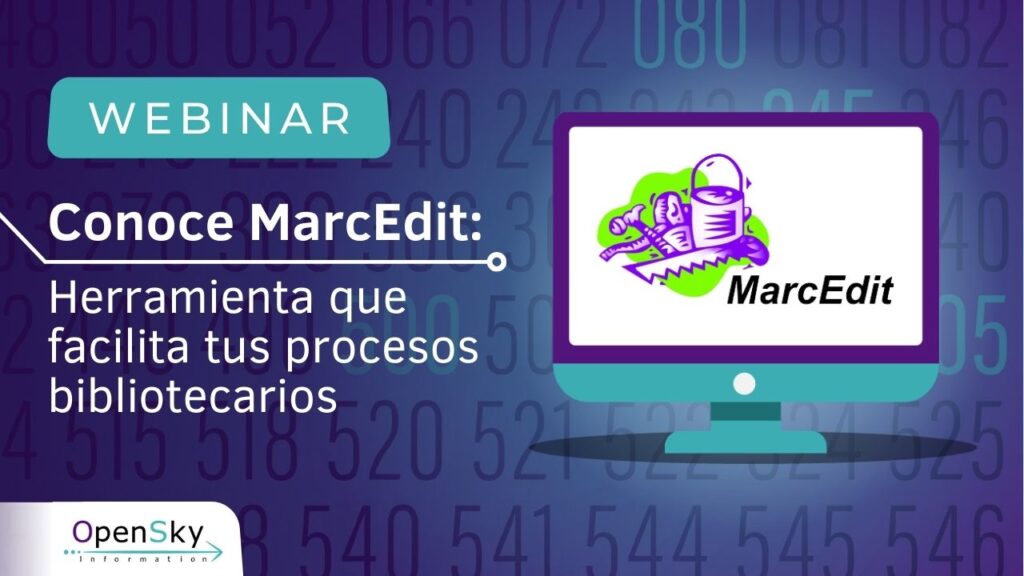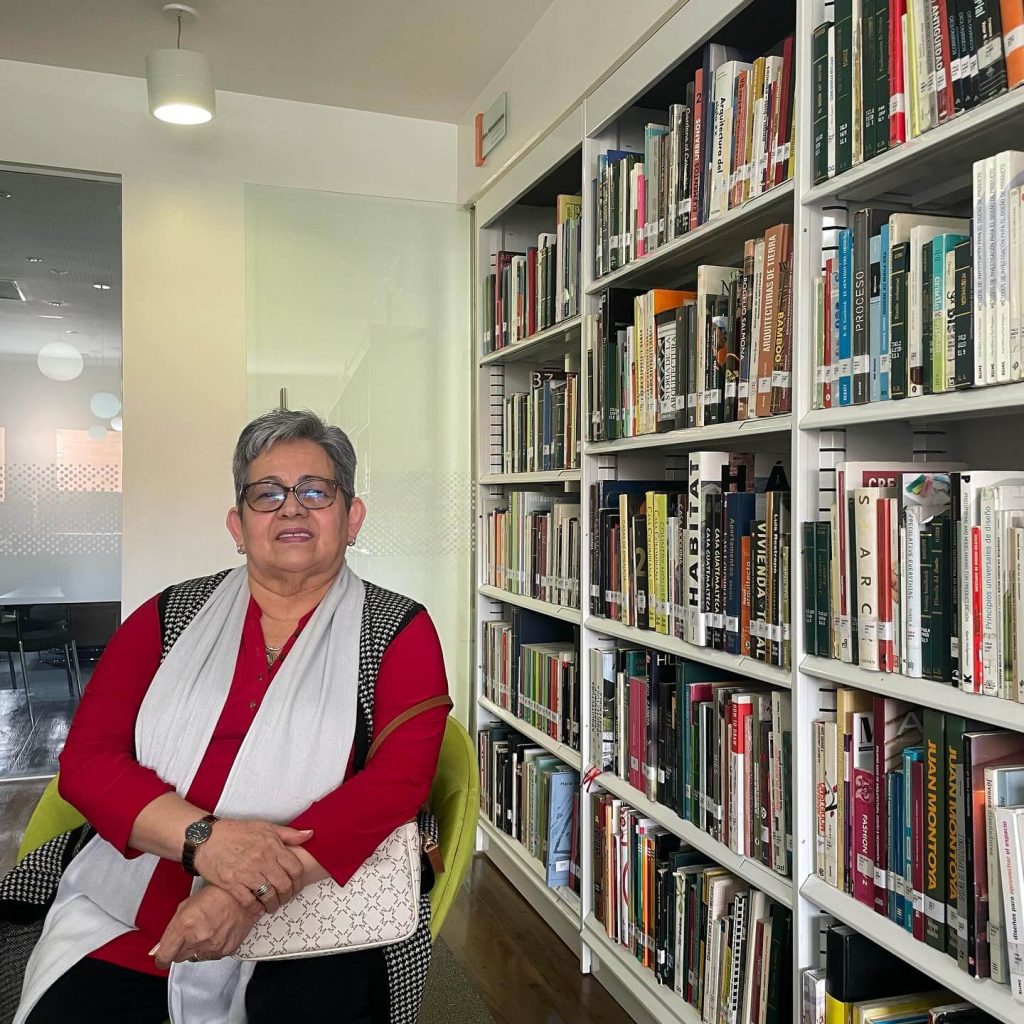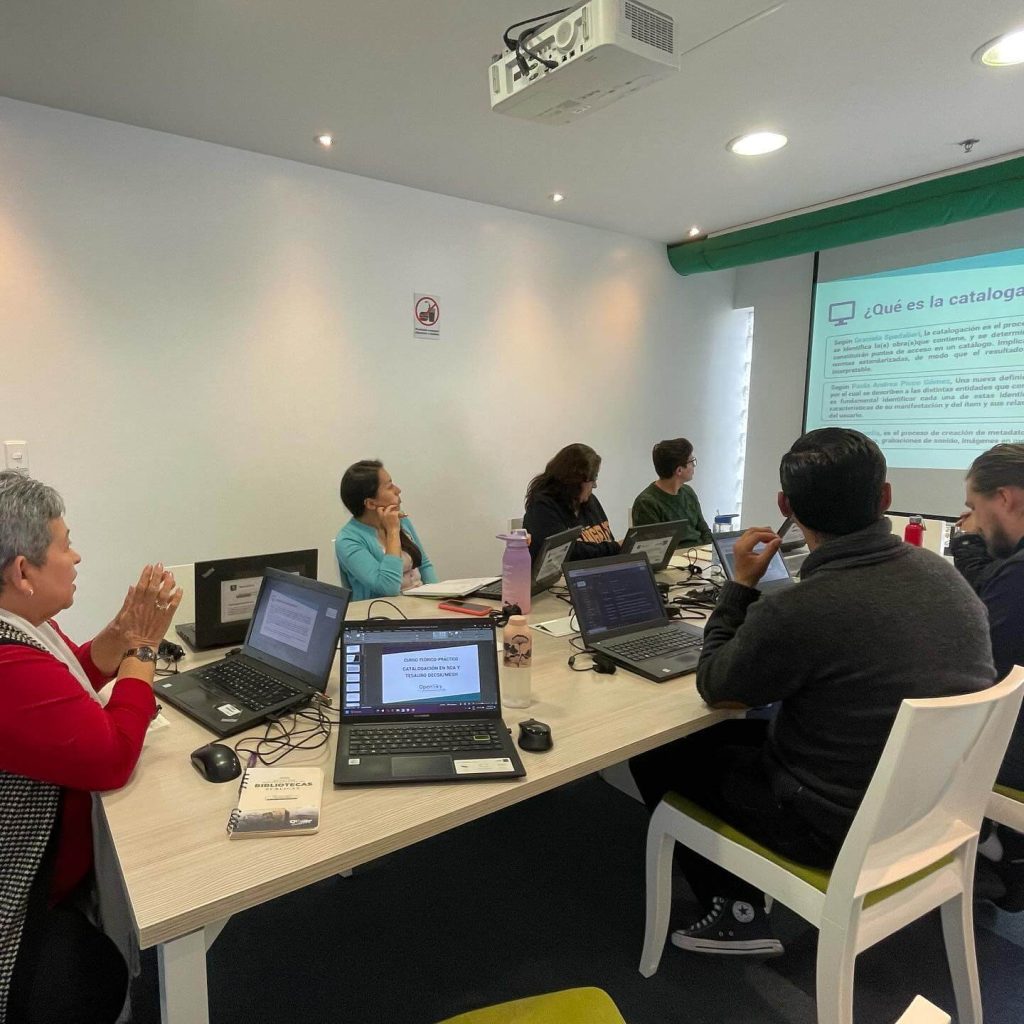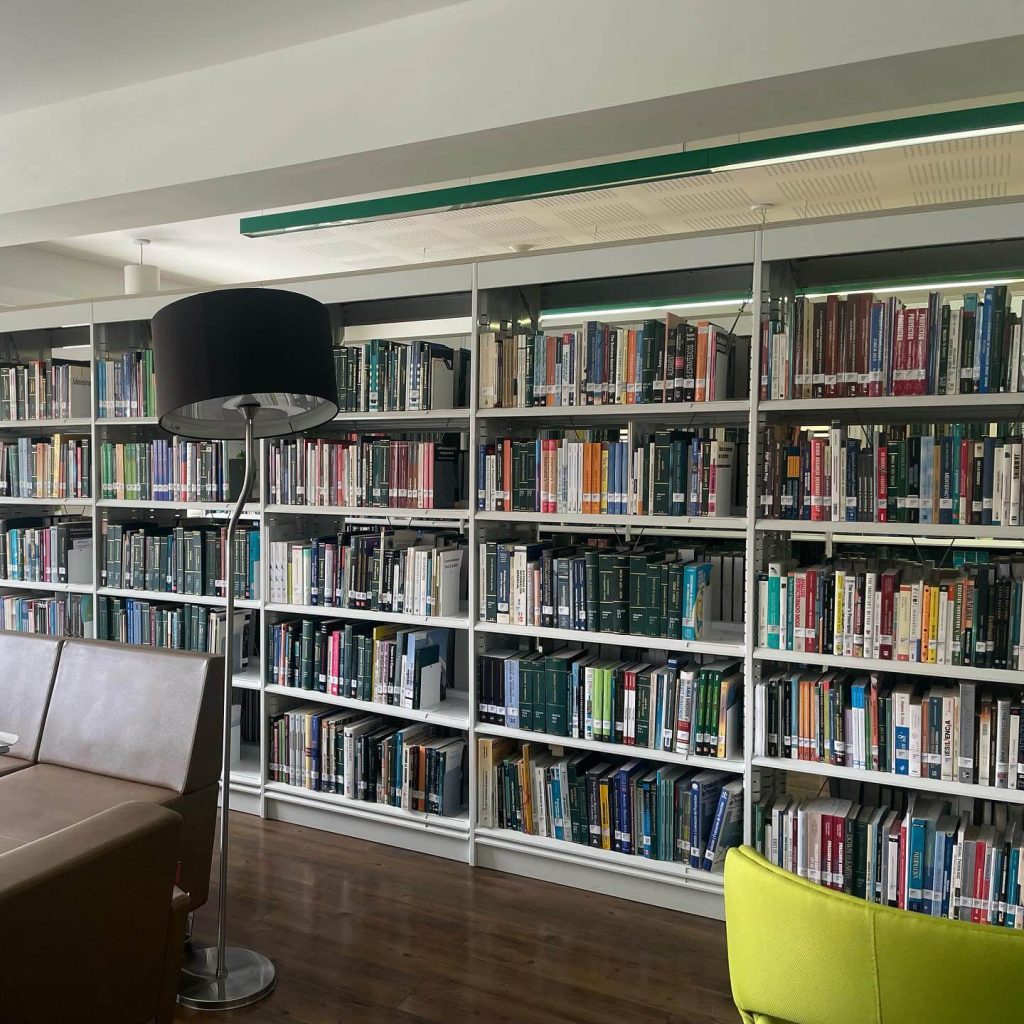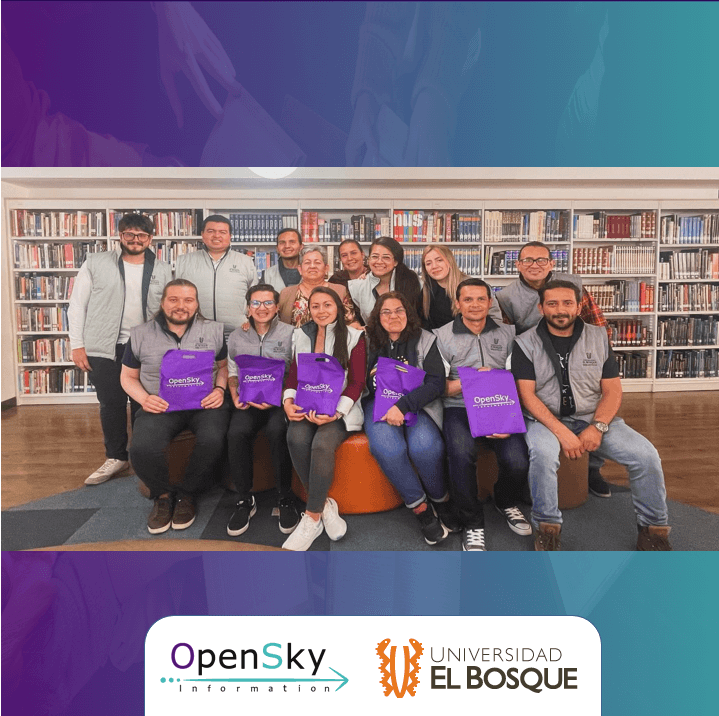Webinar: “De-constructing paradigms in the application of RDA standards in information units”.
10 de June de 2020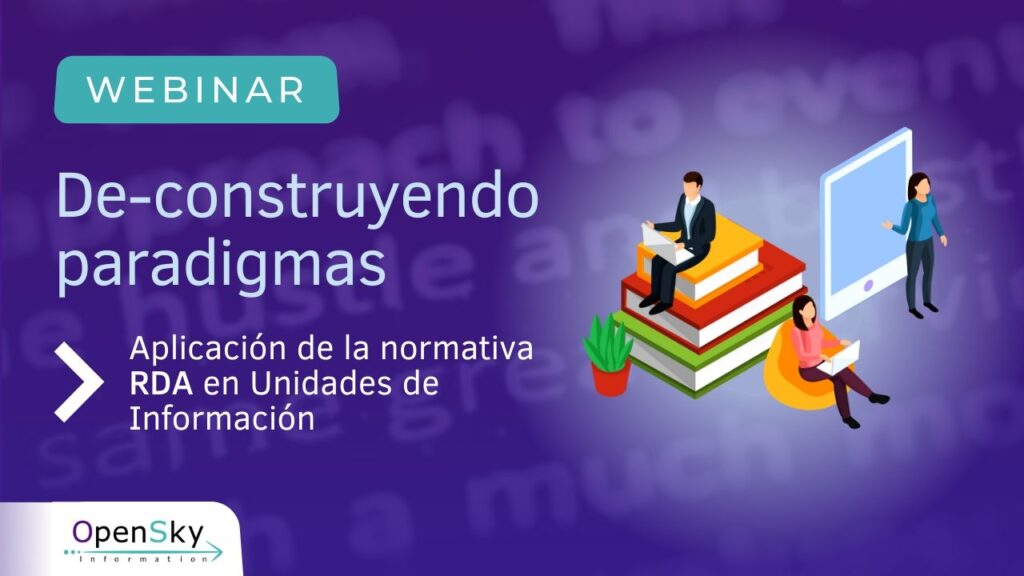
In this space we were accompanied by Professor Rosario Valencia, our CEO at OpenSky Information; where with her extensive experience in the area of librarianship and cataloging of bibliographic resources allowed us to know more clearly how to understand and apply the new RDA regulations in Information Units.
To understand the subject it is important to be clear about the meaning of the concepts (de-construct, paradigms and RDA):
- De-construct: refers to the dismantling of a concept through an analysis that may show ambiguities and contradictions. It means to leave behind a concept that was previously used but has changed and evolved today.
- Paradigms: is a type of theory that serves as a model for solving problems or specific situations. Or more commonly, it is a model to follow, in terms of concepts, people, theories, ideas, etc.
- RDA: is the new cataloging standard that replaced the RCAA2. Apart from implementing the previous cataloging codes, it implements guidelines for cataloging digital resources, in order to meet the needs of users.
Each concept allows us to construct the meaning of cataloging, and each student or professional in the area should be clear about what cataloging is, however; we can remember its definition with a concept provided by the Argentine teacher Graciela Spedalieri when she states that: “Cataloging is the process by which a bibliographic resource is described, the work(s) it contains are identified, and it is determined which elements of the works will constitute the access points in a catalog”.
On the other hand, the definition of RDA is not given by Paula Andrea Picco Gómez, who explains that they are processes of description of different entities that make up the bibliographic resources and identifying each of them is fundamental (the work, its expression, the item, etc.) are words that are part of a conceptual model called FRBR. On the other hand, it is important to highlight similarities and differences between the Anglo-American cataloging rules 2 (RCAA2) and RDA.
- For RDA it is more important the content but not how it is displayed to the users.
- In RDA we forget about the 3 levels of description, we implement core element and optional element, only if the policies of each library allow it.
- The policy of an information unit will always be above the standard, but it does not mean that it is more important. RDA are more flexible in their handling unlike RCAA2.
- With RDA more than one authorship per work can be retrieved, the rule of 3 in RCAA2 disappears with the new international standard in force.
Abbreviations with the RCAA2 standard were not easy to identify their meaning, but with RDA it is easier for the user to understand when a place of publication, publisher, date, pages, volumes and others are not found. On the other hand, also the general material designation (DGM) is eliminated and new MARC21 tags are implemented such as: Type of content (Tag 336), type of medium (Tag 337) and type of container or support (Tag 338); each of these tags complement 007 which is called information and fixed fields of the description.
In conclusion, if you make a phased project of bibliographic application can help you to be more practical cataloging with the current regulations RDA and it would be important to implement it in each of the Information Units to achieve significant changes in the cataloging processes and anticipate the changes as a country, although it is true, the RDA emerged since 2010, there is still much ignorance in its application and we must as librarians and information professionals think about the user and access to information, which is simpler and quality; For this reason, we invite you to make this change and if you do not know much about the subject you can contact OpenSky Information and Professor Rosario Valencia who is responsible for teaching courses on this important topic.
“Age should not be seen as an obstacle to learning.”
Rosario Valencia
If you want to learn more about the content, we invite you to relive our webinar!




